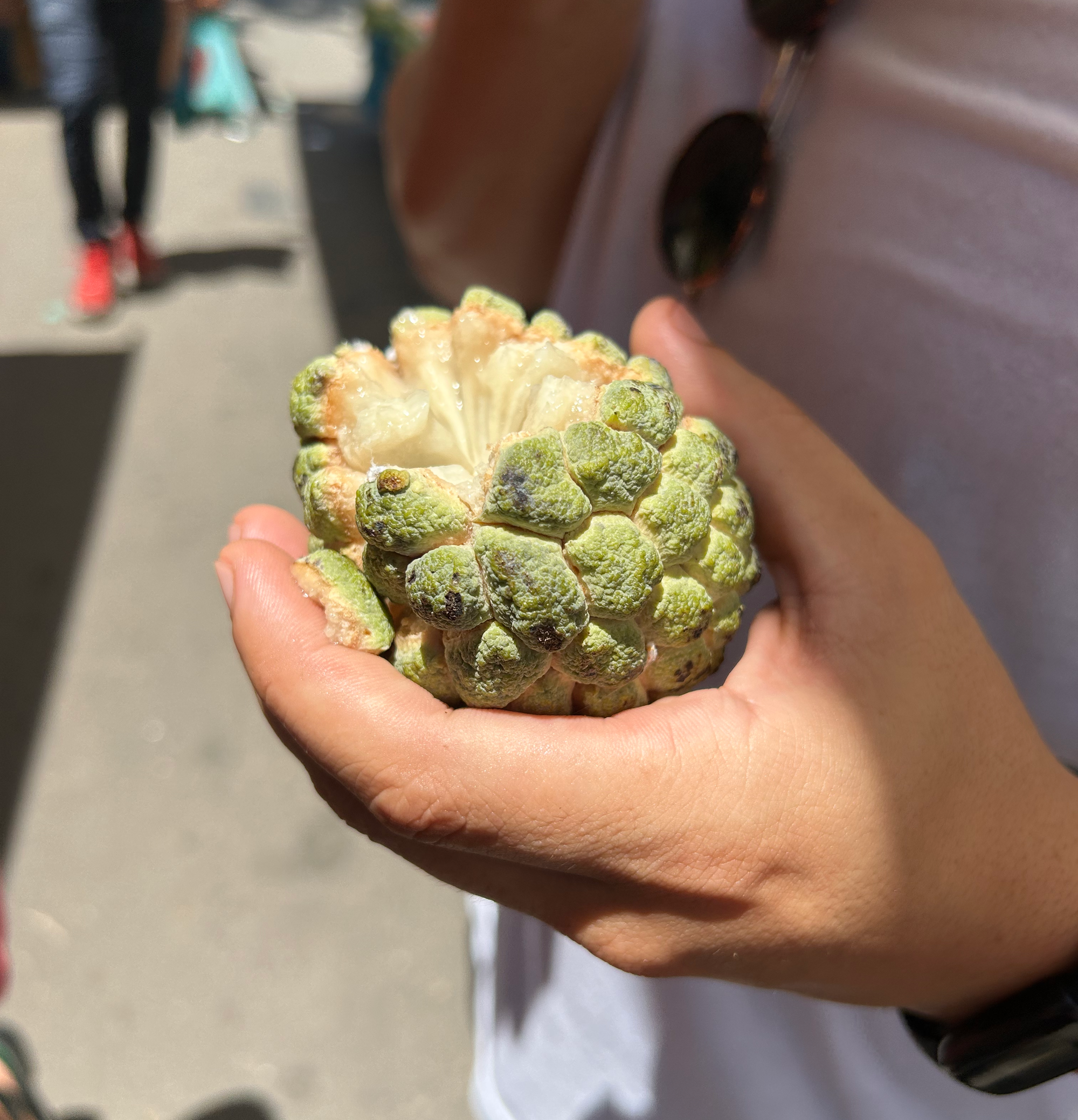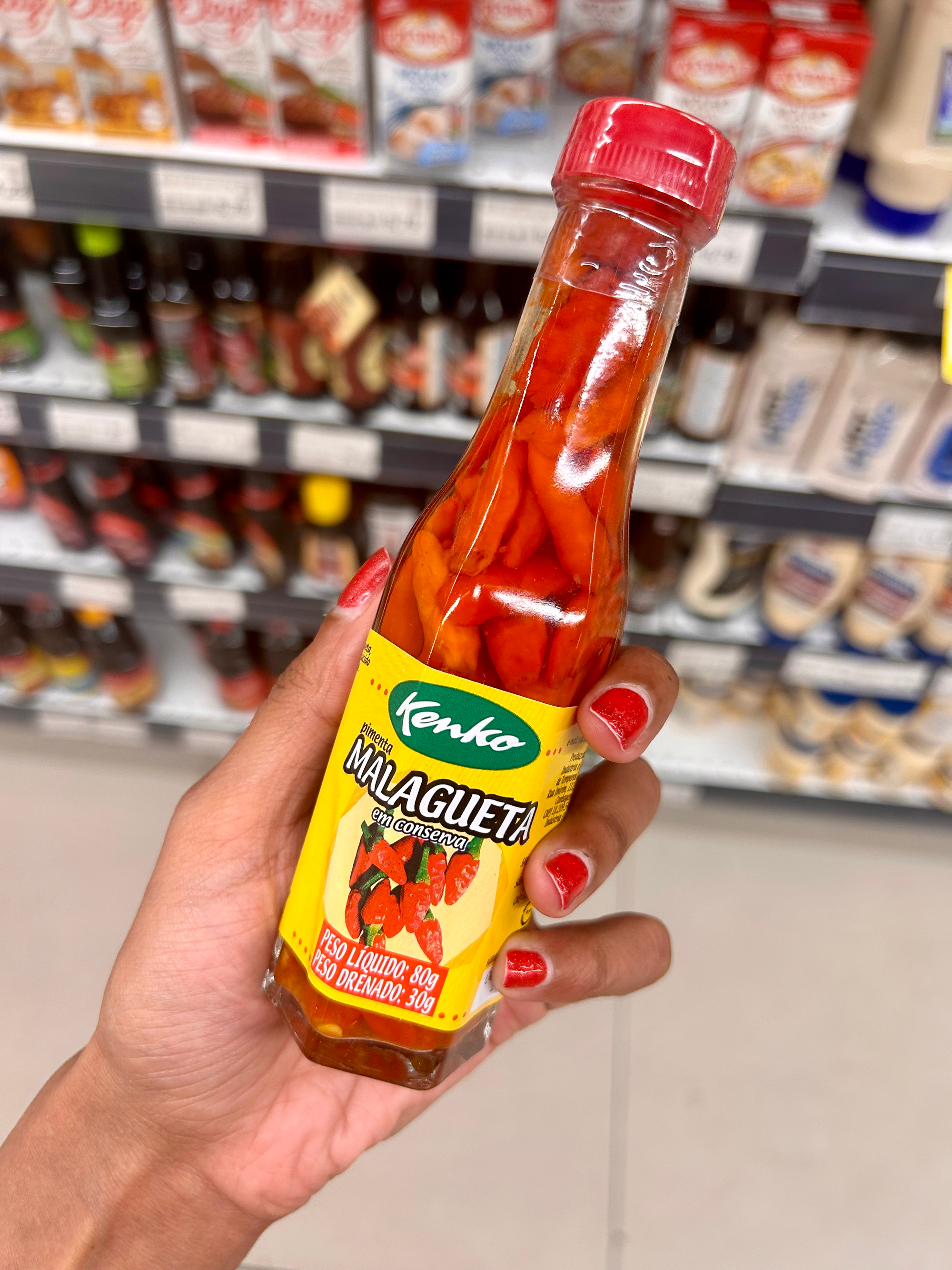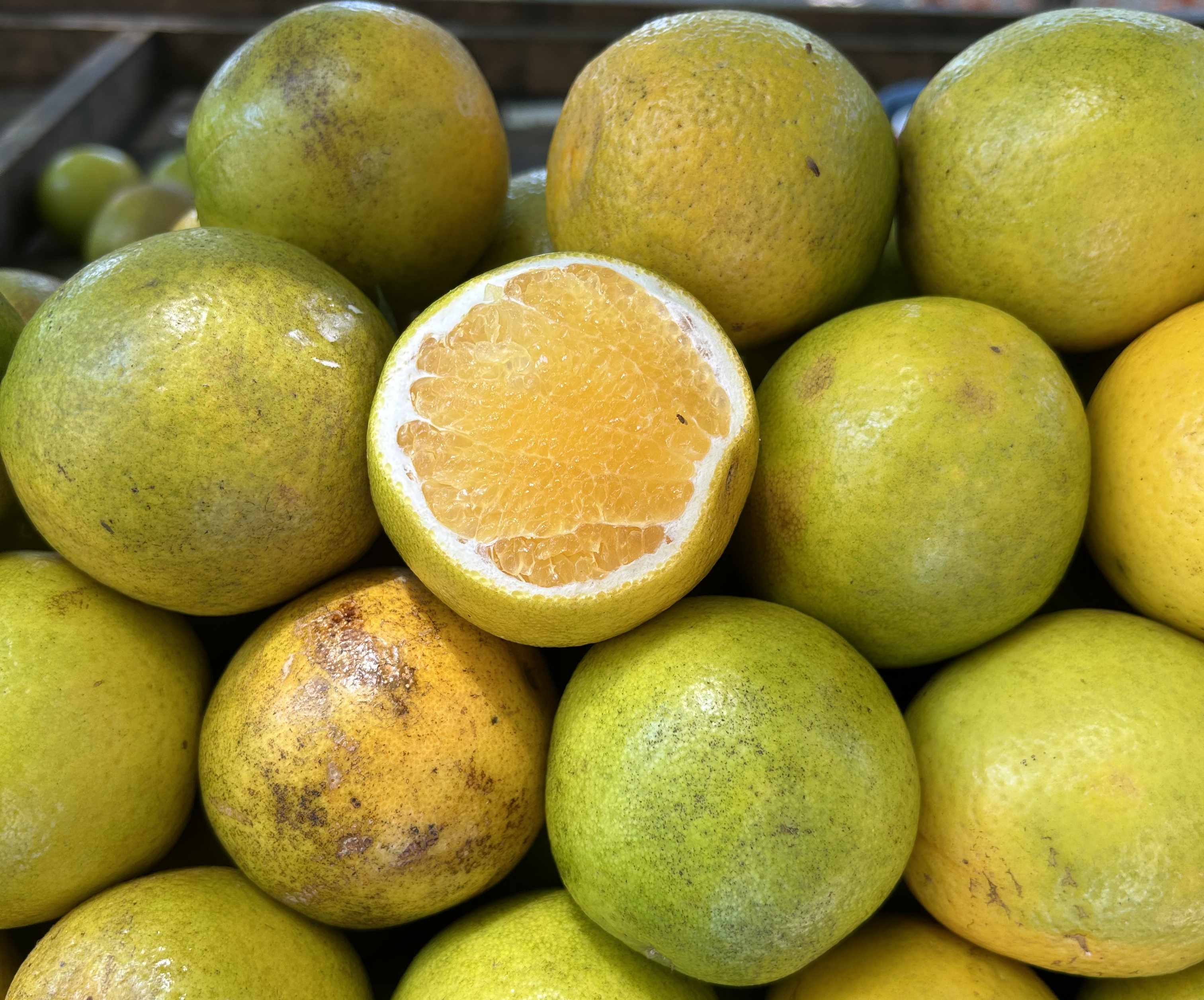
A Food Journey in Rio De Janeiro
There is no better place in the world for food than in a tropical climate during the summer. The produce is unimaginable, and to experience it feels almost sinful. Nature just makes food like this without asking?! What did we do to deserve food like this?
I just got back from a weeklong trip in Rio de Janeiro and have been thinking about this a lot. Unlike other trips, this time I planned nothing. As a Type A person, I typically make lists of where I want to eat and what I want to try. I book restaurants and map walking routes so they pass by a bakery or a street food stall, determined to fit every square inch of cuisine into my days and nights (yes, I'm a bit overbearing). There are expectations and frustrations and burnout but also satisfaction in knowing I covered so much ground. When I travel, I am a tourist, which I am okay with. To accept being a tourist is a form of authenticity in itself and I don't shy away from it, although I do try to be a respectful tourist and not a loud creaky one that Americans are often (and rightfully so) judged to be.
This trip was an invitation to Carnaval by a Brazilian friend. He told me to plan costumes and nothing else, so I did exactly that. I pulled together some fun, heat-appropriate looks and walked into Rio completely blind. I knew almost no Brazilian history or food—most Brazilians in America live in New York, Massachusetts, and Florida, so there isn't much presence in California where I grew up. My only hope was that its food differed from Portuguese food and it hadn't been swallowed up by colonisation. By a long shot, it hadn't.
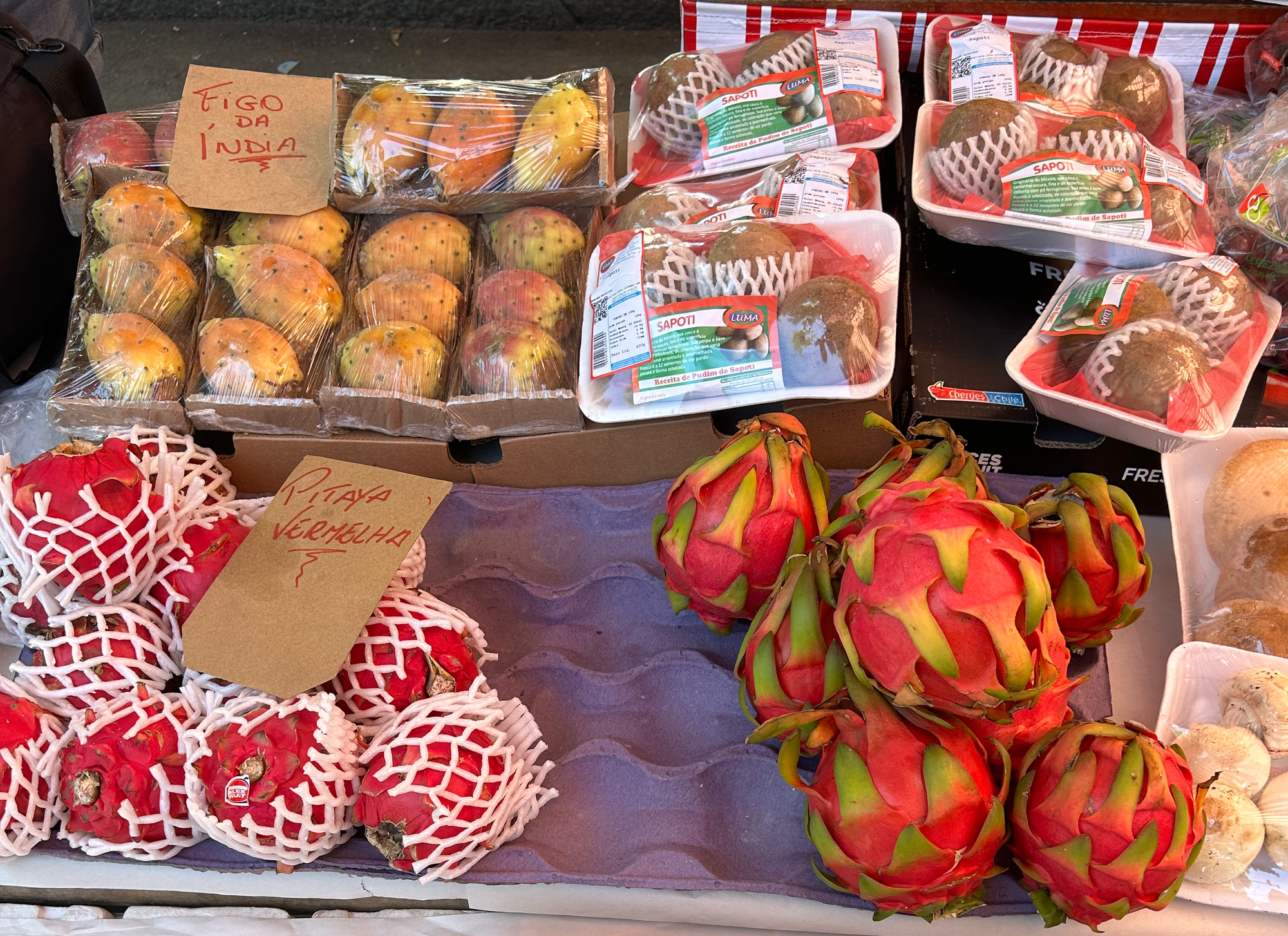
Tropical climates produce fruits and vegetables that are often difficult to export due to their fragile nature. They bruise in the transport process and have a very short shelf life. While more than 30 percent of Brazil's fruits are exported (much higher than India's 1%, for comparison), the fruits are limited to stable ones like oranges (about a third of the world's oranges are grown in Brazil), cacao, and bananas.
When I strolled the market, I encountered fruits I'd never seen before. There were cashew fruits—yes, the fruit of a cashew—whose juice flavoured a caipirinha and was by far the best caipirinha I've ever had. There was a pinha, also called a sitaphal in India or custard apple in the Western world. I broke off pieces with my hand, ate the flesh, and spit out the seeds. It tasted like a cross between a lychee and coconut pulp, but milkier and less acidic. And there were oranges stacked by the dozens, hues ranging from the signature orange to pastel yellow to mellow green. While the US produces only 3 main varieties of orange, there are more than 12 in Brazil. When I surveyed them, I wondered what else I missed out on by growing up in America, a land so aggressively self-declared as plentiful yet can't even begin to unfurl the potential of citrus the way that Brazil does.
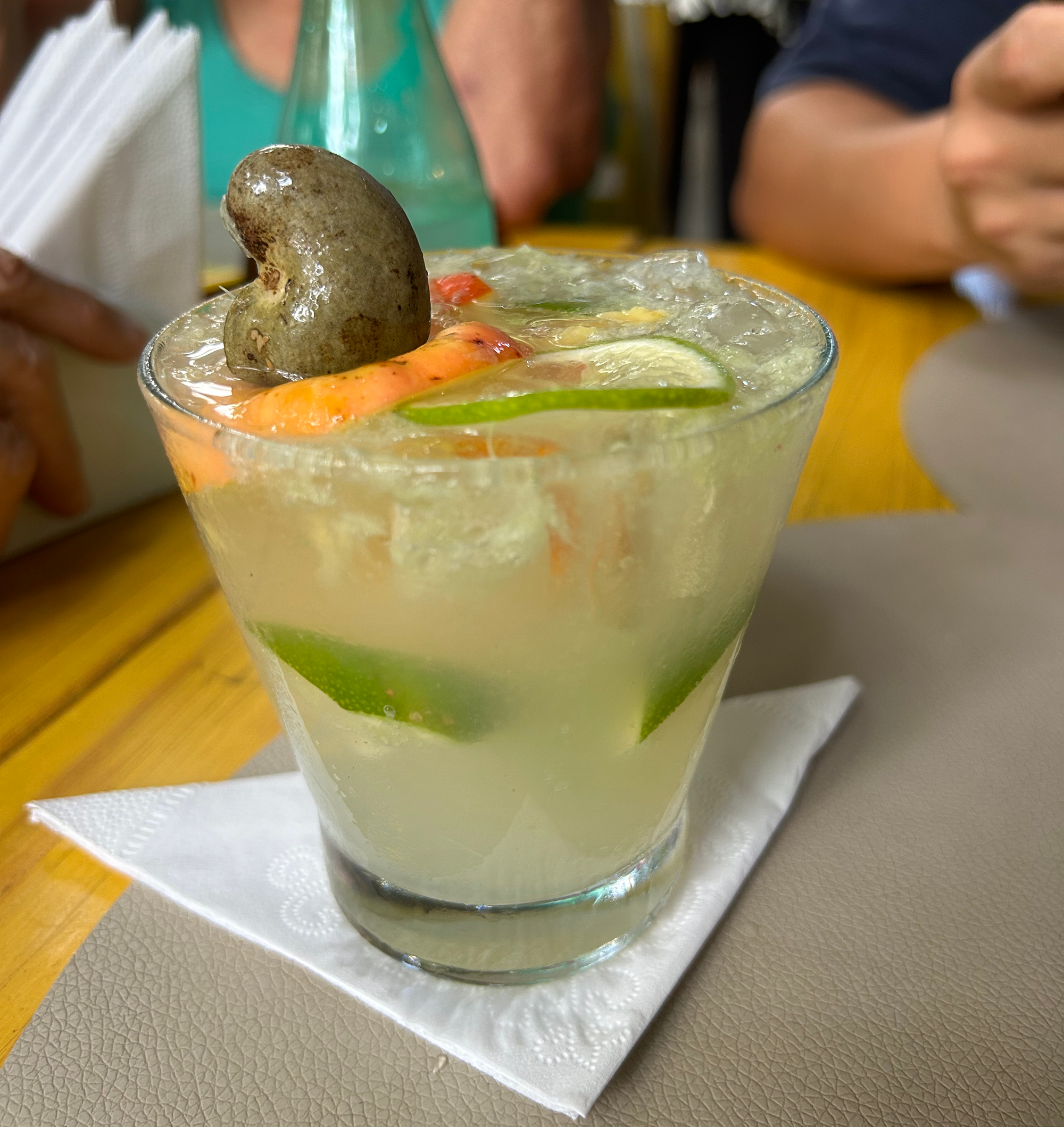
As tourists, we constantly compare a place we're in to a place we've been to. As humans, this is part of a mental model called schemas—patterns of thought or behaviour to organise information. We want to fit everything into our schema so that we can function. If the puzzle pieces don't fit quite right, we glitch, so sure that we knew how the world worked and so unprepared when we find out we don't. I dare not compare Rio to any place else, but when walking the market, I found myself not comparing it to India, but instead missing India deeply. I gulped down sugarcane juice (a staple of my summer India trips) and was amazed at how two countries so far apart can carry the same delicate, delicious fruits. I felt proud that these places have preserved their food culture and lucky to bear witness to them. For all the globalisation in the world, there are still corners of the world that belong to themselves. And I hope that nobody figures out how to export the rest of those orange varieties. A pinha may taste as sweet in America, but it will never feel as special as eating it on the side of a street market in Rio in 30°C heat, your friend dutifully holding it out for you to rip out chunks while telling you stories of his grandma growing up here in the 1940s. That can never be exported anywhere.
At many moments during my trip, I worried that I came off ignorant. Before arriving, I didn't even know how to say "cheers" in Portuguese (it's "saúde") and knew nothing about Brazilian food besides pão de queijo. I didn't know which neighbourhoods were "cool" and which to avoid. I didn't know tipping etiquette.
But in not knowing, I was curious and delighted by everything. I let friends sweep me away from one neighborhood to the next while telling me its history. I didn't go to a single museum, but I saw an abandoned ferris wheel, the city's failed attempt to revive a remote area of the city. I sat in my friend's 100-year-old family home that his father was born in. I ate sfiha, a staple snack of Brazilian street food as a result of Lebanese immigration to the country in the 19th and 20th centuries that you won't find on any Eater list (although I did eat at an Eater spot and it was very tasty, so not hating on it).
I saw Rio not through the Internet but through my friends, which was a huge gift. The Internet makes a place real, but by visiting without any expectations or plans and letting myself be guided by the people, Rio was so much realer.
